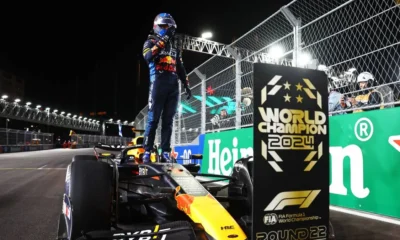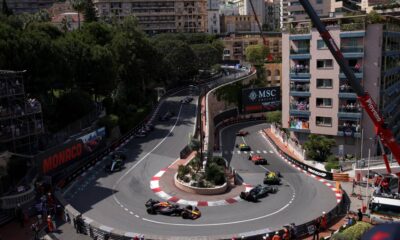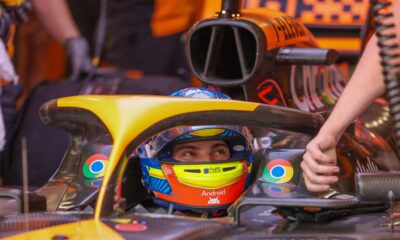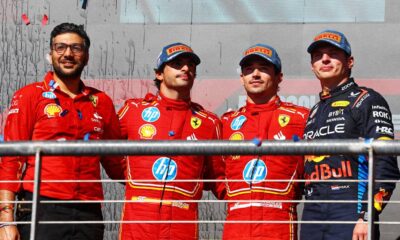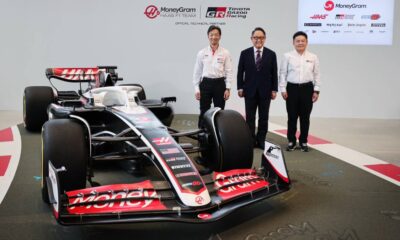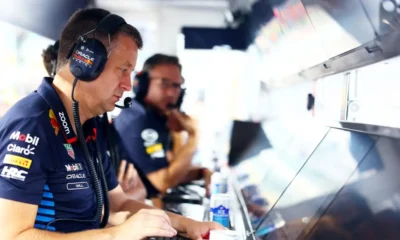Motorsport
Pirelli will bring a trio of the hardest C1, C2 and C3 compounds to Silverstone. Will the teams adopt a similar strategy to last year?
The upcoming race weekend will take F1 teams to one of the oldest circuits on the racing calendar. The track at the former Silverstone Airport has been part of the calendar on and off since 1950. It is characterised by fast corners that place extreme demands on cars and tyres. So what strategies will the teams adopt?
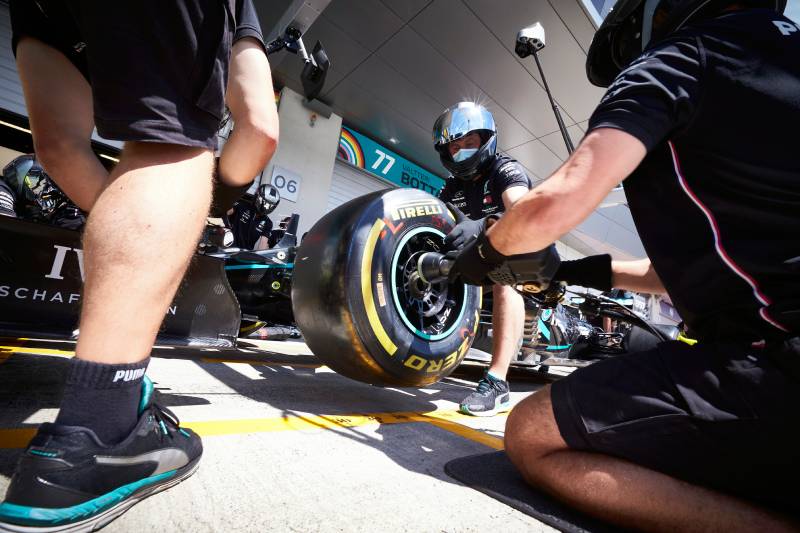
The upcoming race weekend will take F1 teams to one of the oldest circuits on the racing calendar. The track at the former Silverstone Airport has been part of the calendar on and off since 1950. It is characterised by fast corners that place extreme demands on cars and tyres. So what strategies will the teams adopt?
The right choice at the legendary Silverstone circuit will be the three hardest compounds on offer from Pirelli. Silverstone in Britain is one of the circuits that is etched in the memories of every Formula 1 fan.
It was the venue for the first modern Grand Prix in history. In its original form, the track was even significantly faster than it is today – an extensive rebuild between the 1990 and 1991 seasons made it a much more technical track.
Along with Spa in Belgium and Suzuka in Japan, Silverstone has the highest tyre energy requirements. Pirelli, as the official Formula One supplier, will bring the three hardest compounds to the UK this year – C1 as the hard P Zero White, C2 as the medium P Zero Yellow and C3 as the softest P Zero Red.
The same choice was used for this year’s Barcelona VC, for example. The main challenges of the Silverstone circuit include not only the extremely fast and energy-intensive corners like Maggotts and Becketts, but also the typically changeable weather. So we can expect clear skies and heavy rain throughout the weekend.
Last year’s race was a two-stop pitstop affair, but the first was under a red flag that was triggered by Lewis Hamilton’s collision with Max Verstappen early in the race. Almost all drivers drove two stints on medium tyres, with the last one on hard tyres.
This year the tyres have completely different compounds and construction. There will be no qualifying sprint, which of course had an impact on the strategy planning. Mario Isola, Pirelli’s motorsport director, has this to say.
“The concept car for the 2022 season was presented for the first time at the British GP last year to show the future direction of Formula 1, which we have already had the opportunity to see in practice this year,” says Isola.
“The latest rules with regard to aerodynamics are designed to allow drivers to follow the monoposts in front of them in close proximity to increase the frequency of overtaking, as we saw in Canada,” he continues
“The tyres are designed to overheat less and provide greater stability and better handling over a wider range of driving modes. All these aspects will be tested this weekend on one of the most demanding tracks for tyres this year,” he concluded.
Source: Pirelli

